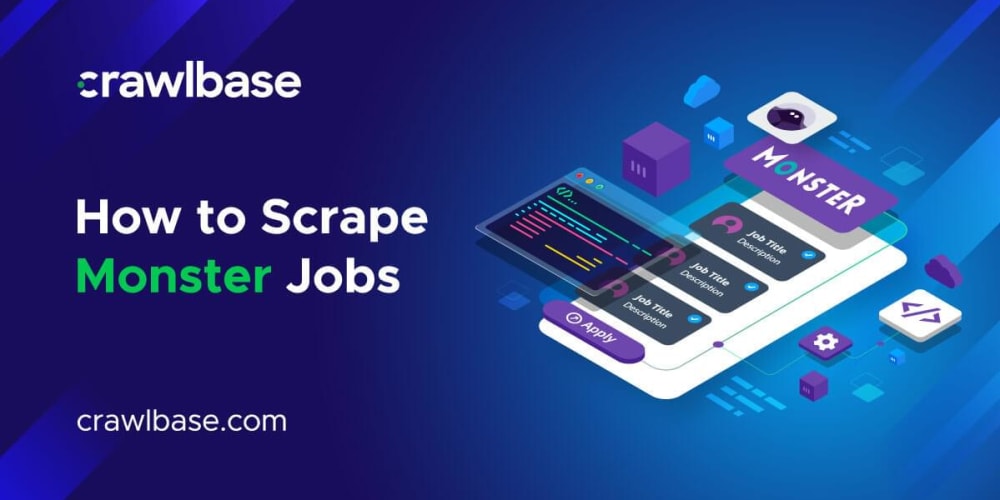Welcome to the world of Linux! Whether you're a complete beginner or just looking to enhance your tech skills, this guide will introduce you to the basics of Linux operating systems, their evolution, types, and popular distributions like Ubuntu. 🚀
What is Linux OS? 🤔
Linux is an open-source operating system that powers everything from smartphones to data centers. Unlike Windows or macOS, Linux is freely available and allows users to modify its source code. It’s highly popular for servers, cloud environments, and embedded devices, but it’s also widely used in personal computers, making it a versatile choice for tech enthusiasts and developers alike.
The Evolution of Linux 📈
To understand why Linux is so significant, let’s first dive into its history. Linux’s roots are deeply embedded in Unix, a pioneering operating system developed in the 1960s. Unix influenced many operating systems, including Linux.
In 1991, Linus Torvalds, a Finnish computer science student, released the first version of the Linux kernel. This kernel, combined with tools from the GNU Project, created a complete operating system. Linux’s open-source nature meant that developers from around the world could contribute to its growth, making it one of the most advanced operating systems in the world today. 🌍
What Makes Linux Different?🔍
Linux is often called a Unix-like system, but what does that mean? Well, it shares many characteristics with Unix, including its command-line interface (CLI), file system hierarchy, and process management. But unlike other Unix variants, Linux is entirely open-source, which means anyone can use, modify, and distribute it.
In addition to being free, Linux is customizable to a great extent, making it popular among developers and system administrators. Whether you’re building an enterprise server or setting up your personal desktop, Linux can be tailored to your needs. 💻
Types of Operating System Kernels 📂
Before diving into Linux, let’s quickly explore how it fits within the larger world of operating systems. An operating system (OS) is software that manages computer hardware and software. The two main kernel architectures are:
- Monolithic Kernel: This is used by Linux. The kernel is the core part of the operating system that interacts with hardware and manages processes.
- Microkernel: Found in some operating systems, this type of kernel performs only the basic tasks, leaving other services to run separately.
Linux uses a monolithic kernel, which means it performs a wide range of functions directly, such as process management, memory management, and hardware control. 🛠️
Linux Distributions 🐧🔍: What Are They? 🌐
A Linux distribution (or distro) is simply a version of Linux packaged with specific tools, libraries, and software tailored to different use cases. There are many types of Linux distros, each designed with a different purpose in mind. Some popular distros include:
- Ubuntu: One of the most user-friendly distributions, perfect for beginners and widely used in both personal desktops and servers.
- Debian: Known for its stability, Debian is the foundation for many other distributions (including Ubuntu).
- Fedora: A cutting-edge distro with the latest features, often used by developers who want to experiment with new technologies.
- CentOS/Red Hat: Used in enterprise environments, CentOS is based on Red Hat and provides stability and long-term support.
- Arch Linux: A minimalist distribution aimed at advanced users who want total control over their system.
Each distribution has its unique strengths, and your choice depends on your needs and expertise. 🤓
Setting Up Linux: A Simple Guide for Beginners 🔧🐧
Getting started with Linux is easier than you think! You can install it on physical machines (like a laptop or desktop) or in virtual machines (VMs) using software like VirtualBox.
If you’re a beginner, I recommend starting with Ubuntu LTS (Long Term Support). LTS versions are stable and receive updates for 5 years, making them a great choice for both new users and experienced professionals.
Steps to Set Up Ubuntu LTS:
- Download the ISO: Visit the Ubuntu website and download the latest Ubuntu LTS version.
- Create a Bootable USB: Use a tool like Rufus (on Windows) or dd (on Linux) to create a bootable USB drive.
- Install Ubuntu: Boot from the USB drive and follow the installation instructions to set up Ubuntu on your machine.
If you prefer experimenting with Linux without changing your main OS, you can set up a virtual machine using VirtualBox or Vagrant. Here’s how you can do it with Vagrant:
Setting Up Ubuntu Using Vagrant:
- Install Vagrant: Download and install Vagrant from the Vagrant website.
- Install VirtualBox: Make sure you have VirtualBox installed, as Vagrant uses it to manage virtual machines.
- Create a Vagrantfile: In your terminal, navigate to your project directory and run the command
vagrant init ubuntu/focal64. This command initializes a new Vagrant environment using the Ubuntu LTS box. - Start Vagrant: Run
vagrant upto start your virtual machine. Vagrant will automatically download the specified Ubuntu version and set it up for you. - Access the VM: Once it's running, you can access the VM using the command
vagrant ssh. With Vagrant, you can easily manage your development environment, ensuring consistency across different machines.
Why Should Developers and Engineers Learn Linux? 🚀
Linux is at the heart of cloud computing, DevOps, and server management. It powers web servers, databases, and cloud platforms. By learning Linux, you gain the ability to manage and troubleshoot the environments that your applications run in. In addition, many cloud platforms (like AWS, Google Cloud, and Azure) use Linux-based systems.
Learning Linux also gives you more control over your work environment. You can automate tasks, write scripts, manage servers, and build reliable systems. 🌐
Conclusion: Ready to Dive Into Linux? 🌟
Linux isn’t just an operating system—it’s a gateway to endless possibilities in tech. Whether you’re just starting out or looking to expand your skills, learning Linux opens doors to cloud engineering, DevOps, cybersecurity, and more.
Now that you have a basic understanding of Linux, I encourage you to take the next step: install it, play around with it, and start exploring the powerful tools it offers. The Linux community is vast and welcoming, so don’t hesitate to dive in and get involved! 🌍
Feel free to share your thoughts and questions in the comments! And remember, in the world of Linux, there’s always something new to learn. 🔄




















